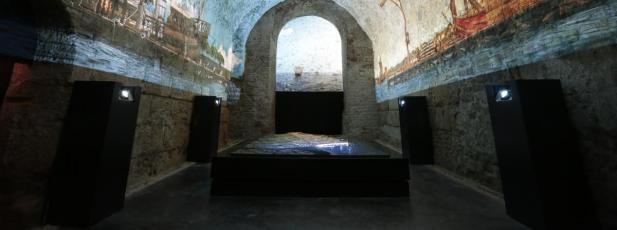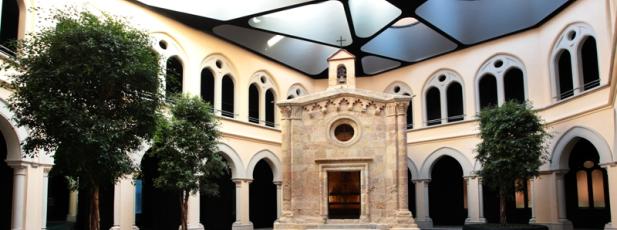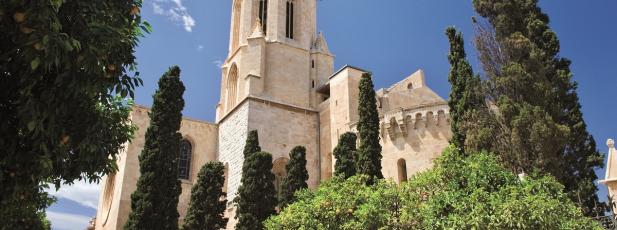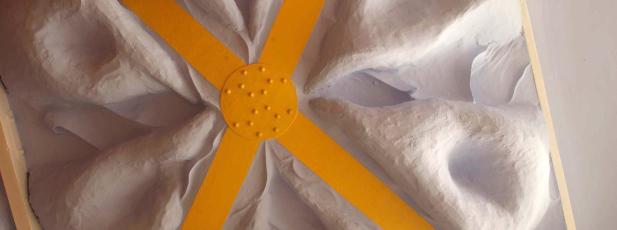
Tarragona is the Only World Heritage City in Catalonia
The purpose of the Roman Route is to introduce visitors to the history of Tarragona by means of the main monuments that survive from that era, when the city was at the peak of its splendour. On 30 November 2000, UNESCO declared the ancient Roman Archaeological Ensemble of Tarraco as a World Heritage Site.

Discover the paleochristian heritage of Tarragona exploring this route
Tarragona is one of the richest Hispanic cities in terms of paleochristian material culture. Tradition links the arrival of Christianity to the missionary actions of the Apostle Paul, but the first historical mention of Christianity in the city dates to the year 259, in which the bishop of Tarraco, Fructuosus, and his deacons Augurius and Eulogius were burned alive in the amphitheatre during the persecution of Christians waged by the Emperors Valerian and Gallienus.

A route through the history of mediaeval Tarragona
The city of Tarragona conserves several major monuments from its mediaeval past. Its abundant Roman ruins are thus supplemented by a rich medieval artistic heritage best epitomised by the city’s Cathedral, which offers outstanding examples of art and architecture from the Middle Ages. This route was designed to acquaint visitors with this part of the city’s past, weaving a single tour from the many mediaeval monuments and sites of interest.

The Modernist aesthetic in Tarragona
This guide hopes to give people a closer insight into part of the Modernist legacy distributed around the city, which needs visitors’ complicity to reveal all its poetry and beauty. This itinerary aims to reveal the tastes, approaches and styles of the society which embraced the Modernist aesthetic to decorate their homes, the places in which they spent their working hours or free time, and their places of worship.